Horticultural Sensors
Helping the Smart Greenhouse or Vertical Farm improve Quality & Maximise Yields

 £379.00
Ex VATAranet T/RH IP67 SensorWireless Temperature & Relative Humidity Sensors with a hermetically Sealed Enclosure to Class IP67
£379.00
Ex VATAranet T/RH IP67 SensorWireless Temperature & Relative Humidity Sensors with a hermetically Sealed Enclosure to Class IP67
 £89.00
Ex VATAranet T/RH ProbeWireless Sensor for Monitoring Air Temperature & Humidity within the growing space
£89.00
Ex VATAranet T/RH ProbeWireless Sensor for Monitoring Air Temperature & Humidity within the growing space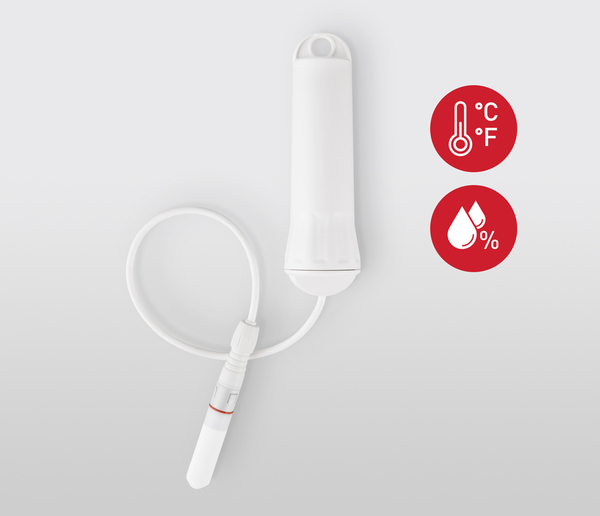 £155.00
Ex VATAranet T/RH Sensor with Radiation ShieldWireless Sensor for Monitoring Air Temperature & Humidity with Radiation Shield
£155.00
Ex VATAranet T/RH Sensor with Radiation ShieldWireless Sensor for Monitoring Air Temperature & Humidity with Radiation Shield £289.00
Ex VATAranet CO2 & Temperature SensorWireless Sensor for Monitoring CO2 Levels and Air Temperature within the growing space
£289.00
Ex VATAranet CO2 & Temperature SensorWireless Sensor for Monitoring CO2 Levels and Air Temperature within the growing space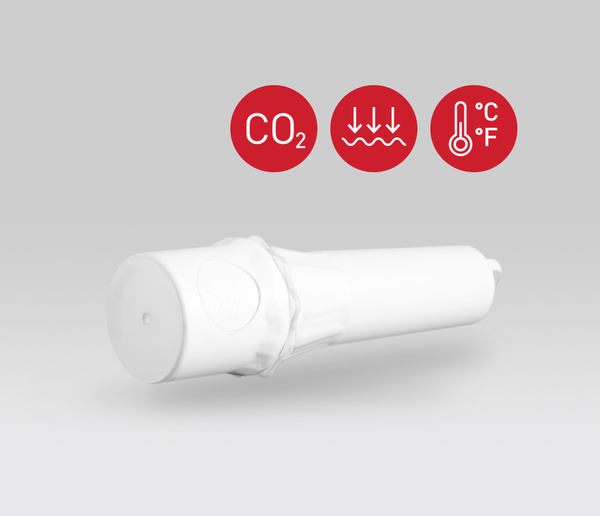 £279.00
Ex VATAranet T-Probe SensorWireless Sensor for Monitoring the Temperature of Soil or other Soil-less Media
£279.00
Ex VATAranet T-Probe SensorWireless Sensor for Monitoring the Temperature of Soil or other Soil-less Media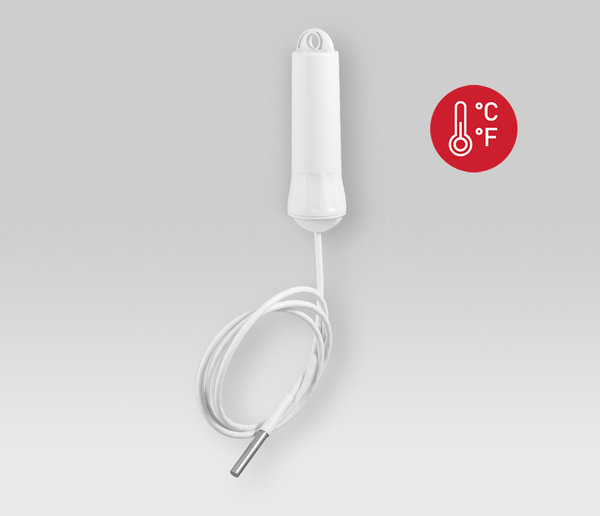 £129.00
Ex VATAranet Soil Moisture Sensor - 1.5mWireless Sensor for Monitoring Moisture Content of Soil or other Soil-less Media
£129.00
Ex VATAranet Soil Moisture Sensor - 1.5mWireless Sensor for Monitoring Moisture Content of Soil or other Soil-less Media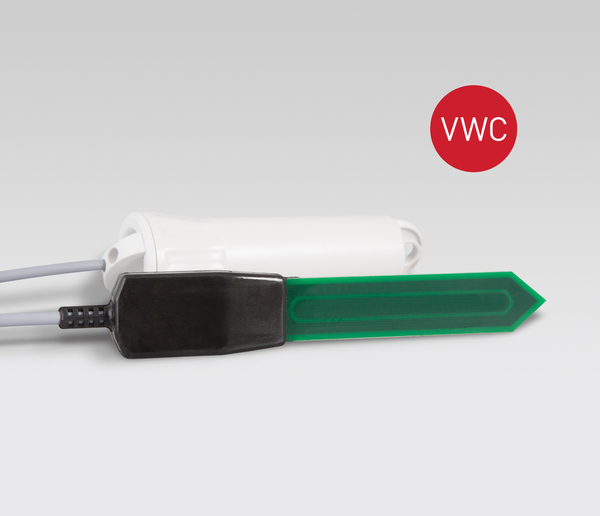 £125.00
Ex VATAranet Soil Sensor (WET150)Wireless Sensor for Monitoring Moisture Content, Temperature and Electrical Conductivity (EC)
£125.00
Ex VATAranet Soil Sensor (WET150)Wireless Sensor for Monitoring Moisture Content, Temperature and Electrical Conductivity (EC) £579.00
Ex VATAranet PAR SensorWireless Sensor for monitoring PAR - Detects Photosynthetically Active Radiation
£579.00
Ex VATAranet PAR SensorWireless Sensor for monitoring PAR - Detects Photosynthetically Active Radiation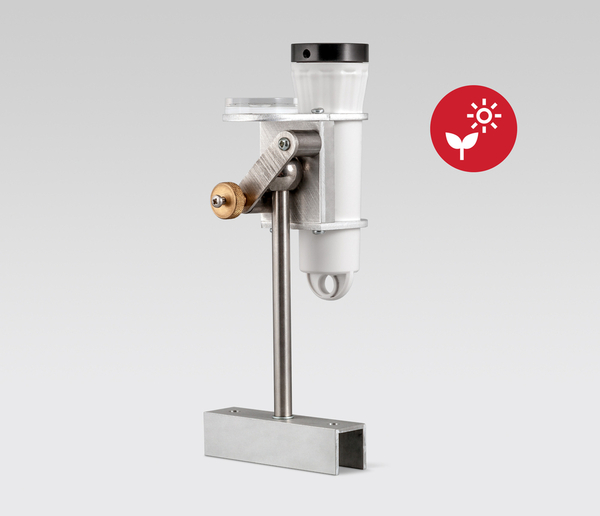 £499.00
Ex VATUPRtek PG200N Spectral PAR MeterSpectral PAR Meter for Monitoring Artificial Lighting in Controlled Environment Agriculture
£499.00
Ex VATUPRtek PG200N Spectral PAR MeterSpectral PAR Meter for Monitoring Artificial Lighting in Controlled Environment Agriculture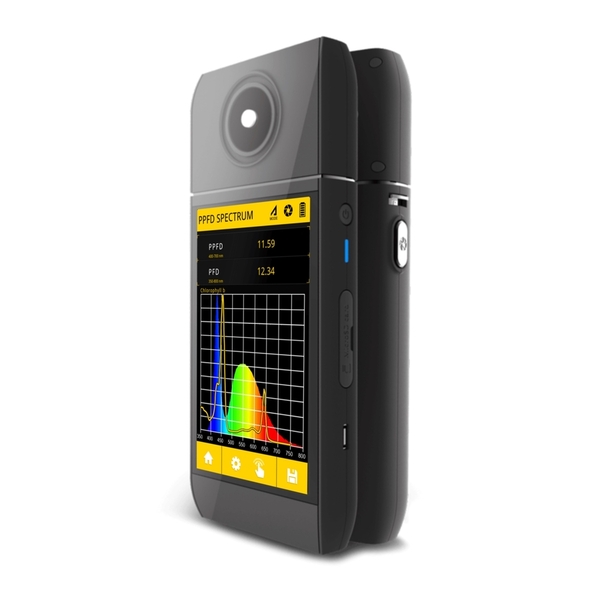
 £2399.00
Ex VAT
£2399.00
Ex VAT
Aranet's AgriTech range of smart wireless Horticultural Sensors linked to a single base station, enables you to continuously monitor your Greenhouse or Vertical Farm Facility. You will understand better and be able to manage the variables that improve crop yield. We help you monitor important aspects of your crops environment, including Temperature, Humidity, CO2, Soil Moisture and Photosynthetic Photon Flux Density Light measurements (PPFD). All from the most cost effective, robust and simple to install AgriTech Wireless Sensors. Get smart with Horticultural Farm Management with support from the Aranet AgriTech Range.
Aranet AgriTech - The application of technology to produce more with less, supply fresher more nutritious foods, while making the farm process more efficient and kinder to the environment.
What is Controlled Environment Agriculture?
It’s an indoor, technology based approach to cultivating crops under optimal growing conditions, It encompasses not only ‘Agriculture within Green Houses’ but also ‘Vertical Farming’. It’s here that the world is now cultivating an ever increasing range of crops. The Aranet range of smart sensors help you monitor and manage the analytics of tracking the drivers of growth helping you optimizing production.
Key measurement sensors include…
Aranet T/RH Probe - Wireless Sensor for Monitoring Air Temperature & Humidity within the growing space.
Aranet T/RH Sensor with Radiation Shield - Wireless Sensor for Monitoring Air Temperature & Humidity with Radiation Shield.
Aranet CO2 & Temperature Sensor - Wireless Sensor for Monitoring CO2 Levels and Air Temperature within the growing space.
Aranet T-Probe Sensor - Wireless Sensor for Monitoring the Temperature of Soil or other Soil-less Media.
Aranet Soil Moisture Sensor - Wireless Sensor for Monitoring Moisture Content of Soil or other Soil-less Media.
Aranet Soil VWC,EC and T Sensor - Wireless Sensor for Monitoring Moisture & Mineral Content of Soil or other Soil-less Media.
Aranet PAR Sensor - Wireless Sensor for monitoring PAR - Detects Photosynthetically Active Radiation.
UPRtek PG200N Spectral PAR Meter - Spectral PAR Meter for Monitoring Artificial Lighting in Controlled Environment Agricultural.
The PG200N Spectral PAR Meter is a lightweight, mobile device designed for monitoring light in horticulture settings. It’s basically a smart assistant for the next generation farmer! It’s also an ideal research tool for academics with the ability to record information with respect to light and how it effects the growth of vegetables and plants.
The growing indoor horticulture sector has resulted in a booming market for grow lights. Whether augmenting sunlight or using it as the main source of light energy, the practice and proper usage of grow lights will have a significant impact on the appearance, taste and shape of the vegetable, fruit or plant that you are growing. There is only one way to ensure the quality and quantity of light being received over a large indoor farming area and that is to measure it with a suitable light meter. The PG200N Spectral PAR Meter is designed specifically for this application to test grow lights with both spectral and quantitative measurements allowing growers and researchers a tool for getting the best understanding of growing plants with artificial light.
Units of measurement include PPFD (400nm…700nm)
The PPF measurement of PAR only counts the total amount of light photons present between 400-700nm. It does not differentiate between photons at different levels within this range.
Photosynthetic Photon Flux Density (PPFD) is the amount (also referred to as intensity) of PAR light that lands on a square meter each second. PPFD is measured in micromoles per square meter per second (μmol·m-2·s-1). In other words, PPFD is how much PPF is hitting each square meter of your crop at any given second. It is important to look at PPFD when planning your grow light installation. Adjusting your fixtures’ height and density will affect the PPFD at your crop canopy.
Many studies have shown that specific wavelengths/coloured light have different effects on the growth of different plants and at different times in their growth cycle, you can use these anomalies to improve the growth and thus efficiency of your growing process. This is why the PG200N Spectral PAR Meter allows you to split the different light groups so that you can monitor the benefits that different light combinations can bring to the growth cycle of the particular plants that you are cultivating.
These are the different light groups that you can monitor.
| PPFD | - | This covers the PAR (Photosynthetic Active Radiation) range 400…700nm wavelength |
| PFD | - | Is an extended range that includes some UV and far red fields in the range 380…780nm |
| PFD-UV | - | This covers PFD in the UV field at 350…400nm wavelength |
| PFD-B | - | This covers PFD in the Blue field at 400…500nm wavelength |
| PFD-G | - | This covers PFD in the Green field at 500…600nm wavelength |
| PFD-R | - | This covers PFD in the Red field at 600…700nm wavelength |
| PFD-FR | - | This covers PFD in the Far Red field at 700…780nm wavelength |
For the grower, it’s important to make sure that the PPFD data you get from your grow light manufacturer is accurate. It’s also important to be able to accurately measure the light that’s falling on your complete growth canopy and here you have to consider factors such as distance from the light source, a number of measurements that account for the average, and the minimum/maximum plus spectral analysis. All possible with the UPRtek PG200N Spectral PAR Meter.




